Resources
Legal observing & police monitoring resources
Below is a list of resources for monitoring police, and legal and human rights observing
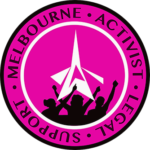
MALS Legal Observers' Handbook
This is designed as a resource booklet for our Legal Observer trainings - but also handy for others looking to organise Legal Observers in their area.

Legal Observer teams or copwatch projects around Australia
A list of currently active legal observer groups and copwatch projects operating in Australia.

Amnesty International Handbook
There are members of Amnesty International (AI) in more than 140 countries and territories around the world, united by their determination to work for human rights. This Amnesty International Handbook is a basic reference manual which aims to provide a general guide to AI's policies and practices for all AI's members. It seeks to explain AI's position on human rights questions and how AI works.
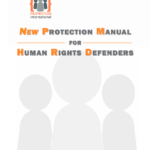
Protection Manual for Human Rights Defenders
Published by Protection International, this manual is developed to provide human rights defenders with additional knowledge and tools useful for improving their understanding of security and protection. It is the result of over 25 years combined experience of Protection International’s members in working with humanitarian law and in the protection of Human Rights Defenders. Available in English, French, Spanish, Arab, Indonesian and Swahili.
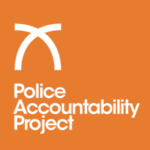
Using Your Phone as an Accountability Tool
Ten Tips for filming police incidents. Keep safe distance. If police ask you to move, move back but keep filming. Hold your phone steady and still. Outstretched arms will get tired quickly, so hold your arm close to you as it helps to keep the phone steady. Hold your phone sideways (landscape), it picks up more of an incident. Remain calm and polite. Let others speak to the police or the victim, just concentrate on the filming. If you want to film your own encounter with police, hold the phone close to your chest pointing towards the police...
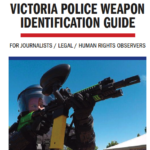
Victoria Police Weapon ID Guide
This guide is to help journalists, legal and human rights observers identify weapons that are currently available to Victoria Police. This is not an exhaustive list. It includes weapons used in crowd-control or public-order management contexts. The guide is available to download as a foldable A4 leaflet.
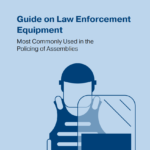
Guide on Law Enforcement Equipment
This is a guide on law enforcement equipment most commonly used in the policing of assemblies, primarily United States based, but has a more local context also. The guide is produced by the Omega Research Foundation.
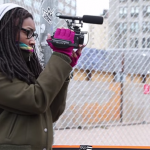
Video as Evidence: Verifying Eyewitness Video
Videos taken by perpetrators, victims and witnesses of abuse can prompt news coverage, inform investigations, and support legal proceedings. In some cases, these videos are the only visual documentation of abuse and can shine a light on unknown or unconfirmed facts of a human rights violation. However, to use such videos effectively, analysts must verify whether a video is what it purports to be. This resource covers techniques and tools to help verify that a video found online or sent by a source can be trusted as an authentic recording of a particular event.
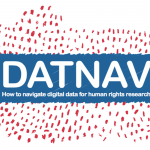
Guide to Navigating Digital Data in Human Rights Research
This guide is designed to help human rights researchers, journalists, students and philanthropists navigate and integrate digital data into their human rights work. From online videos of rights violations to satellite images of environmental degradation, to eyewitness accounts disseminated on social media, we have access to more relevant data today than ever before. When used responsibly, this data can help human rights professionals in the courtroom, when working with governments and journalists, and in documenting historical record. But integrating data collection and management into the day to day work of human rights work and documentation can be challenging, even overwhelming, for individuals and organisations.
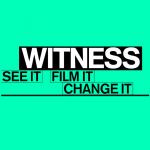
Visual Verification Tips
To slow the spread of misinformation, follow these tips that will help you verify images and videos that you see online. We know that most visual misinformation is created by simply re-posting old content with a new caption. It’s easy to do, and only takes seconds. So knowing that visual hoaxes can be created so quickly, one of the best things you can do is slow down: Instead of sharing instantly, hit “pause” for a moment, and think carefully.

Local Police Monitoring - A Practical Guide - UK
Local independent police monitoring groups in the 1980s and 1990s understood that to survive and sustain themselves meant more than simply documenting local policing issues. It meant seeking accountability by challenging state power: in particular the power of the police, one of the most formidable institutions in society that has so often strongly resisted change. This campaigning model – gathering data, identifying trends, publicising local stories, providing advice and advocacy and turning issues into campaigns – is just as relevant today as it ever was. Monitoring an organisation that constantly monitors us remains a practical means of surviving violent, racist policing, in communities where this is a daily reality.
Helpful?
If you like these resources, please make a small donation to keep us going.
Something to Add?
If you have an informational resource that you’d like to see added to this list, please contact us.